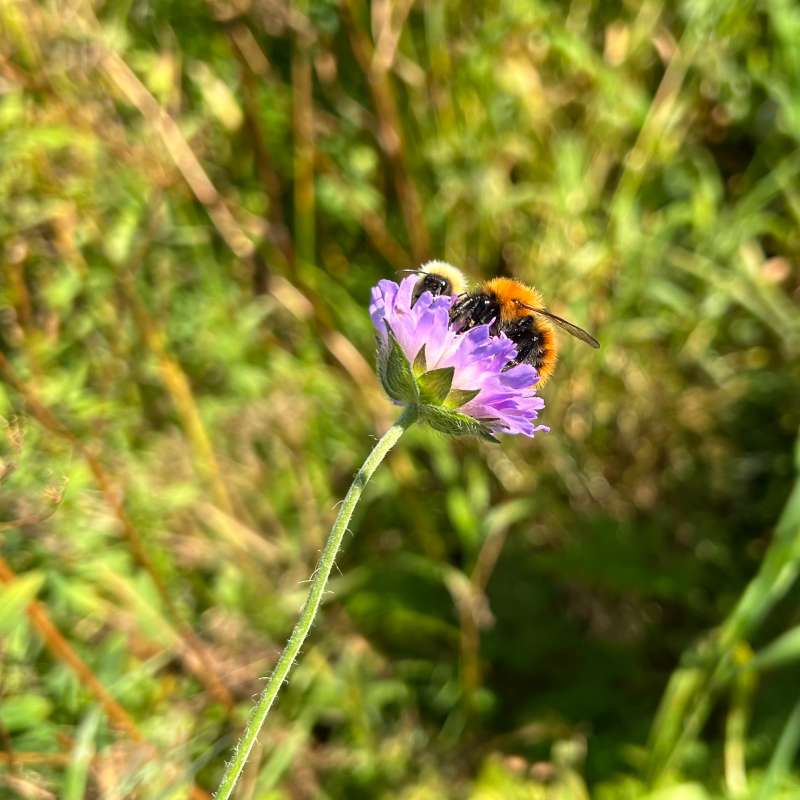Tommi Nyman
Seniorforsker
Til dokument
Forfattere
Runar Kjær David Kniha Andrea Gjestvang Marianne Liplass Svein Wara Victoria Gonzalez Paul Eric Aspholm Tommi Nyman Cornelya Klutsch Snorre HagenSammendrag
Det er ikke registrert sammendrag
Sammendrag
Det er ikke registrert sammendrag
Forfattere
Galina Gusarova Hedvig Elisabeth Mjøen Magali Corti Frédéric Mahé Pernille Meyer Lilja Steinthorsdottir Marie Kristine Føreid Merkel Stefaniya Kamenova Kamenova Gabriela Wagner Monica Alterskjær Sundset Lars Folkow Tove Hilde Ågnes Utsi Tommi Nyman Cornelya Klutsch Torkild Tveraa Anne Krag Brysting Sylvain Monteux Youri Lammers Eric Coissac Pierre Robert Michel Taberlet Roberto Cazzolla Gatti Inger Greve AlsosSammendrag
Det er ikke registrert sammendrag

